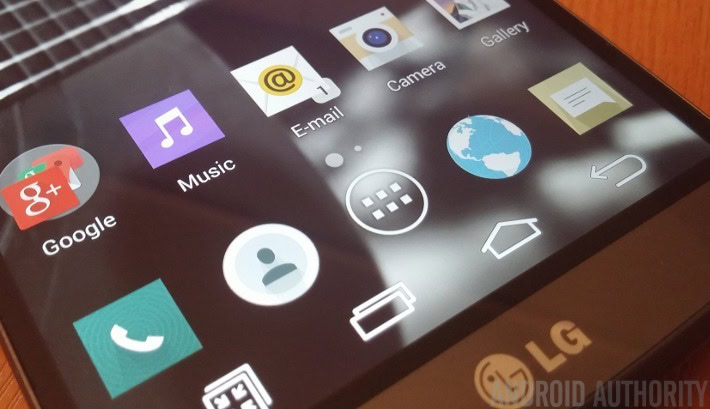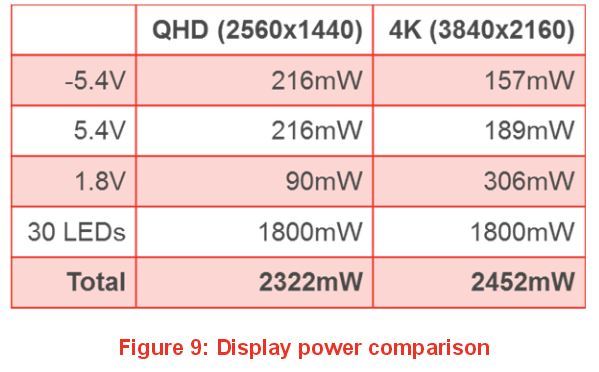Affiliate links on Android Authority may earn us a commission. Learn more.
Do we need 4K display smartphones? Qualcomm certainly thinks so

I’m sure many of you would argue that 1080p smartphone displays offer all the resolution you need. Those who disagree probably don’t see much need in going past the latest wave of QHD handsets. Qualcomm begs to differ and has come up with a number of arguments as to why we should all find the prospect of 4K mobile displays exciting.
Apple’s “Retina Display” theory, which suggested that the eye can’t discern any differences above 300PPI, has widely been called into question and the company seems to have conceded with its 401PPI “RetinaHD” iPhone 6 Plus. Qualcomm is now suggesting that people with perfect vision can notice a difference all the way up to 573 PPI, but who can we believe?
Firstly, this number varies widely depending on what you choose as typical smartphone viewing distance and the quality of the eyesight you’re assuming in the math. Doing the numbers quickly myself, I came to an approximate value of around 430PPI at 10-inches for people with reasonably good vision. Apple’s initial assumption was perhaps a little unfavourable about people’s typical eyesight and viewing habits, while Qualcomm’s number matches up with perfect 20/20 vision.
At around the distance of 10 inches, people with average vision can discern an image with ~344 PPI, and people with perfect vision can discern an image with higher resolution up to ~573 PPI. However, visual acuity alone can’t explain the complexity of the human vision system.
Even so, Qualcomm also suggests that the debate should consider Vernier acuity (try the test in the link for yourself). This explains the eye’s ability to distinguish a difference in position of two lines with a precision between 5 to 10 times higher than that of visual acuity, which is what PPI measurements are based on. All of this leads Qualcomm to believe that most consumers can tell the difference in pixel densities well above 440 PPI, even if it’s not directly noticeable just by looking for the little squares. With QHD mobile phones already well in excess of this level and 5.5-inch 1080p smartphones falling just under, it is understandable why many people struggle to see a difference, especially if we take changes in eyesight and viewing distances into consideration. The math suggests that 4K may be more suitable for larger tablets than smartphones, but Qualcomm thinks that there are benefits other than just visual quality.
With 4K video and ultra-high resolution camera capture becoming more commonplace, Qualcomm believes that consumers are going to demand ways to view this content back at its highest possible quality. Compressed videos and pictures can distort the original details and colours in a picture, so enthusiasts may find a benefit in viewing content at their native resolutions. Similarly, well-known video streaming sites are all announcing 4K content, which Qualcomm believes will lead to more demand for 4K laptops, TVs, and eventually mobile products.
Qualcomm is looking at the broader picture too. The company also states that we’re going to need faster data connections, more efficient video compression techniques or larger memory, faster processors, and more power efficient display panels before 4K is really viable on a mass scale, all of which are a work in progress.

According to NPD DisplaySearch, global shipments of 4K smartphones are forecasted to reach 23 million units in 2015. Qualcomm expects the display resolution of premium tablets to hit 4K in 2014, followed by premium smartphones in 2015.
Do you want to follow Qualcomm in the pursuit of 4K smartphones, or is this just a pointless fad?